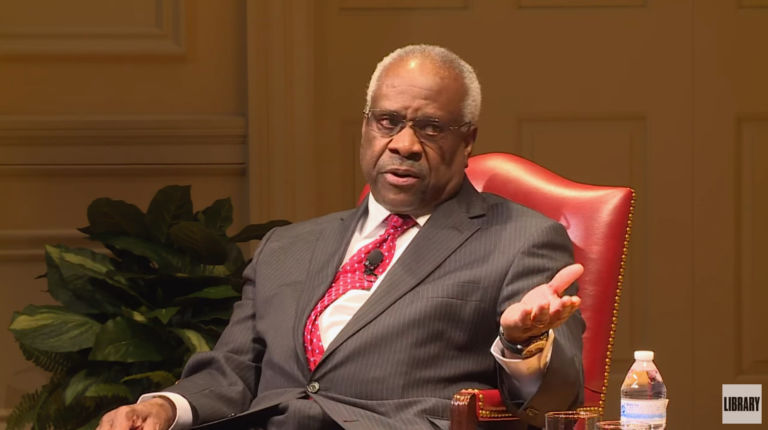Today, along with many others, I attended an excellent symposium at Campbell Law School organized by the staff of the Law Review. The topic was what has happened in 2nd Amendment jurisprudence in the ten years since the U.S. Supreme Court’s decision in District of Columbia v. Heller. In that decision, the Court held that the 2nd Amendment protects, not just the right of the states to maintain “well regulated militias,” but also the right of individual Americans to keep and bear arms for their own use and for their own defense.
Leading experts from both sides of the gun control debate participated in a series of panel discussions of:
Heller in the Lower Courts
Heller and Protected Persons
Justice Scalia’s Use of History in Heller
Heller and Public Carry Restrictions
Heller and “Assault Weapons”
Maybe it was just because the event happened to take place on January 2nd, but during the early panels I found myself feeling a bit like Bill Murray’s character in Groundhog Day. Nothing, it seemed, had changed since I first started paying attention to the gun control issue almost forty years ago. The left was still denying that the 2nd Amendment gurantees an individual right to bear arms, and the courts were still upholding gun control laws more than 90% of the time.
Gradually, however, I began to see that some things had changed. It became clear that–notwithstanding the fact that many lower courts are willing to defy the Supreme Court’s holding in Heller–that holding has signifcantly narrowed the range of litigation strategies open to gun control advocates. It also became clear that public support for the 2nd Amendment has been steadily growing and, as a result, the gun control lobby has had to significantly moderate its ambitions. Most striking of all, it became clear that it was the 2nd Amendment advocates who were pushing the debate forward with new and powerful arguments whereas their opponents were scrambling to maintain some sort defense based on old and tired talking points. What’s more, I don’t think I’m the only one who was aware of those changes.
The 2nd Amendment states that, “[T]he right of the people to keep and bear Arms, shall not be infringed. ” (Emphasis added.) In Heller, the Supreme Court interpreted that statement to mean that individuals have a right to keep arms in their homes for self-defense, and, while it didn’t reach the question of whether they also have a right to bear arms in public for the same purpose, the latter would certainly appear to follow logically from the former. Nevertheless, as we learned during the afternoon discussion of public carry restrictions, not a single federal court of appeals that has considered the question has been willing to draw that conclusion.
That being the case, one might have expected the gun control advocates who were present to be pleased by that part of of the program, but they weren’t. On the contrary, I couldn’t help noticing that a group of them who were sitting together in the middle of the auditorium all looked pretty depressed. They looked especially unhappy when Tennessee Law Professor Glenn Reynolds noted that, regardless of what the Constitution may or may not require, more than 40 states have passed “shall issue” laws under which any qualified citizen who wants one can obtain a concealed carry permit. And when SIU Law Professor George Moscary described the extent to which public carriage has become a casually accepted part of everyday life in his part of the country–and suggested that, under those circumstances, “You can’t take guns away from the people of southern Illinois. Just try.”–they looked about as glum as the Democratic Congressional delegation at Tuesday night’s State of the Union address!


